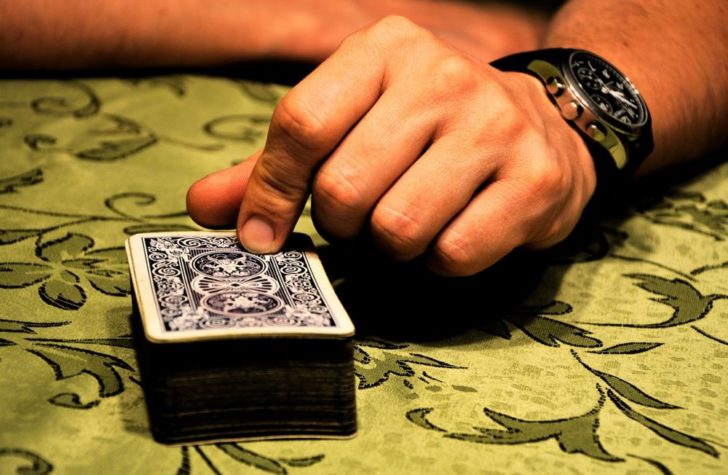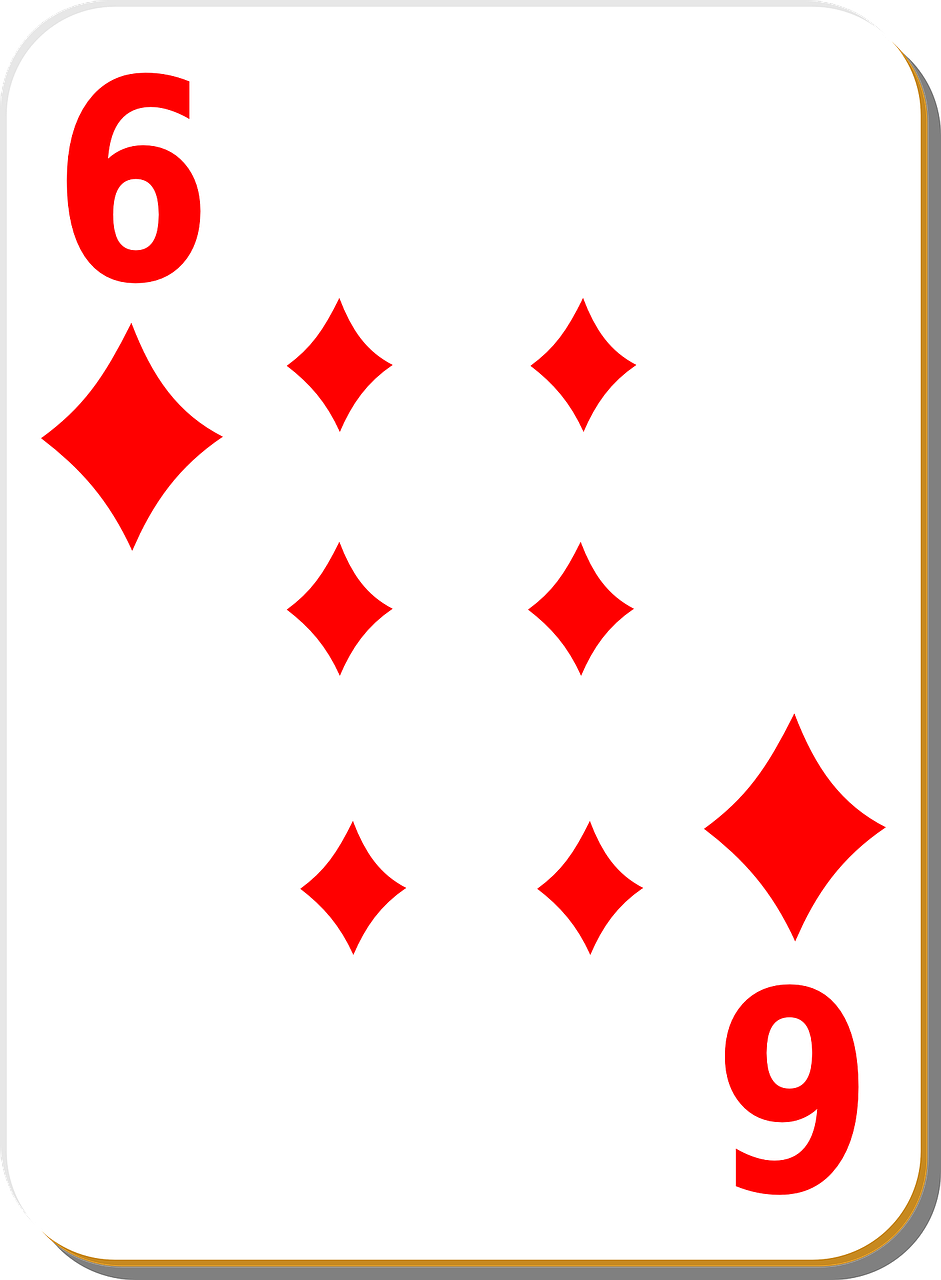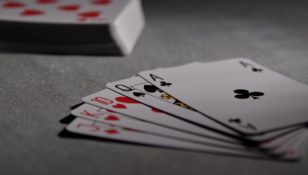How to Count Cards in Blackjack: The Ultimate Guide for Casino Game Enthusiasts

Introduction:
Blackjack is a classic casino game that has captured the hearts of gambling enthusiasts worldwide. While the game itself is intriguing, there is a strategy known as “card counting” that can significantly increase your chances of winning. In this comprehensive guide, we will explore how to count cards in blackjack, providing essential information for anyone interested in casino games. Whether you’re a novice or an experienced player, mastering this skill can be a game-changer in your blackjack endeavors.
Understanding Card Counting and Its Importance:

Card counting is a technique used to track the ratio between high and low-value cards remaining in the deck. By keeping track of the cards, players can gain a mathematical advantage, making informed decisions to maximize their winnings. It allows players to determine whether the remaining cards favor them or the dealer, leading to strategic gameplay and enhanced chances of winning.
While card counting is legal, it is often frowned upon by casinos, as it disrupts their advantage. Nonetheless, it is essential to note that card counting does not guarantee constant success. It simply enhances the player’s odds and reduces the house edge, providing a slight advantage.
Historical Evolution of Card Counting in Blackjack:
The history of card counting in blackjack dates back to the 1960s when Dr. Edward O. Thorp published his ground-breaking book, “Beat the Dealer.” Thorp laid the foundation for card counting, introducing concepts such as the Hi-Lo count and basic strategy. His work revolutionized the game and sparked widespread interest in the potential of card counting.
Thorp’s book paved the way for numerous other authors, players, and mathematicians to delve deeper into card counting strategies. Players like Tommy Hyland and Ken Uston became notable figures, refining the existing techniques and adding new ones to their repertoire. This continued development ultimately led to a cat-and-mouse game between card counters and casinos, as the latter sought to combat this advantage through various countermeasures.
Today, card counting techniques have evolved significantly, incorporating advanced strategies such as shuffle tracking and team play. Technology, too, has played a vital role, with the emergence of card-counting apps and software, making it more accessible for players to improve their skills.
How to Count Cards in Blackjack: Step-by-Step Guide:
Now that we understand the importance and historical context of card counting, let’s delve into the step-by-step process of mastering this technique:
1. Learn Basic Strategy: Before diving into card counting, it’s crucial to have a solid understanding of basic strategy. Familiarize yourself with the optimal decisions based on your hand and the dealer’s upcard.
2. Assign Point Values: In card counting, each card is assigned a specific point value to keep track effectively. Low-value cards (2-6) have a value of +1, while high-value cards (10-Ace) have a value of -1. The 7, 8, and 9 cards are considered neutral and don’t affect the count.
3. Keep Track of the Count: As the cards are dealt, keep a running count of the cards on the table. Add the point values for each card dealt, adjusting the count accordingly.
4. Calculate the True Count: To increase accuracy, convert the running count into a true count. Divide the running count by the number of decks remaining to get the true count. This compensates for the varying deck sizes.
5. Adjust Your Bets: The true count serves as an indicator of the player’s advantage. Increase your bet when the true count is high, as the odds favor you. Conversely, decrease your bet when the true count is low, reducing potential losses.
6. Use Cover Plays: To avoid suspicion from casino personnel, employ cover plays to mask your card counting activity. These include mimicking recreational players’ behavior, varying bet sizes, and avoiding drastic deviations from basic strategy.
7. Practice, Practice, Practice: Card counting requires practice to master. Start with online simulations or practice with a deck of cards at home. Aim to maintain an accurate count while other distractions are present to simulate a real casino environment.
The Importance of Mental Agility and Bankroll Management:
Successful card counting not only requires a thorough understanding of the technique but also mental agility and effective bankroll management. Maintaining focus amid distractions and managing your bets ensures long-term success and minimizes the risk of significant losses.
Conclusion:
Card counting in blackjack is a fascinating skill that can significantly increase your chances of winning in the casino. As a technique that has evolved over time, it requires dedication, practice, and a strong understanding of the game’s fundamentals. While card counting is legal, it is essential to employ discretion and be aware of casino policies. Remember, the goal is not to “beat the system” but to enhance your odds and enjoy a more strategic and thrilling blackjack experience. So, if you’re willing to put in the effort, card counting could be the game-changer you’ve been looking for in your casino endeavors.

















